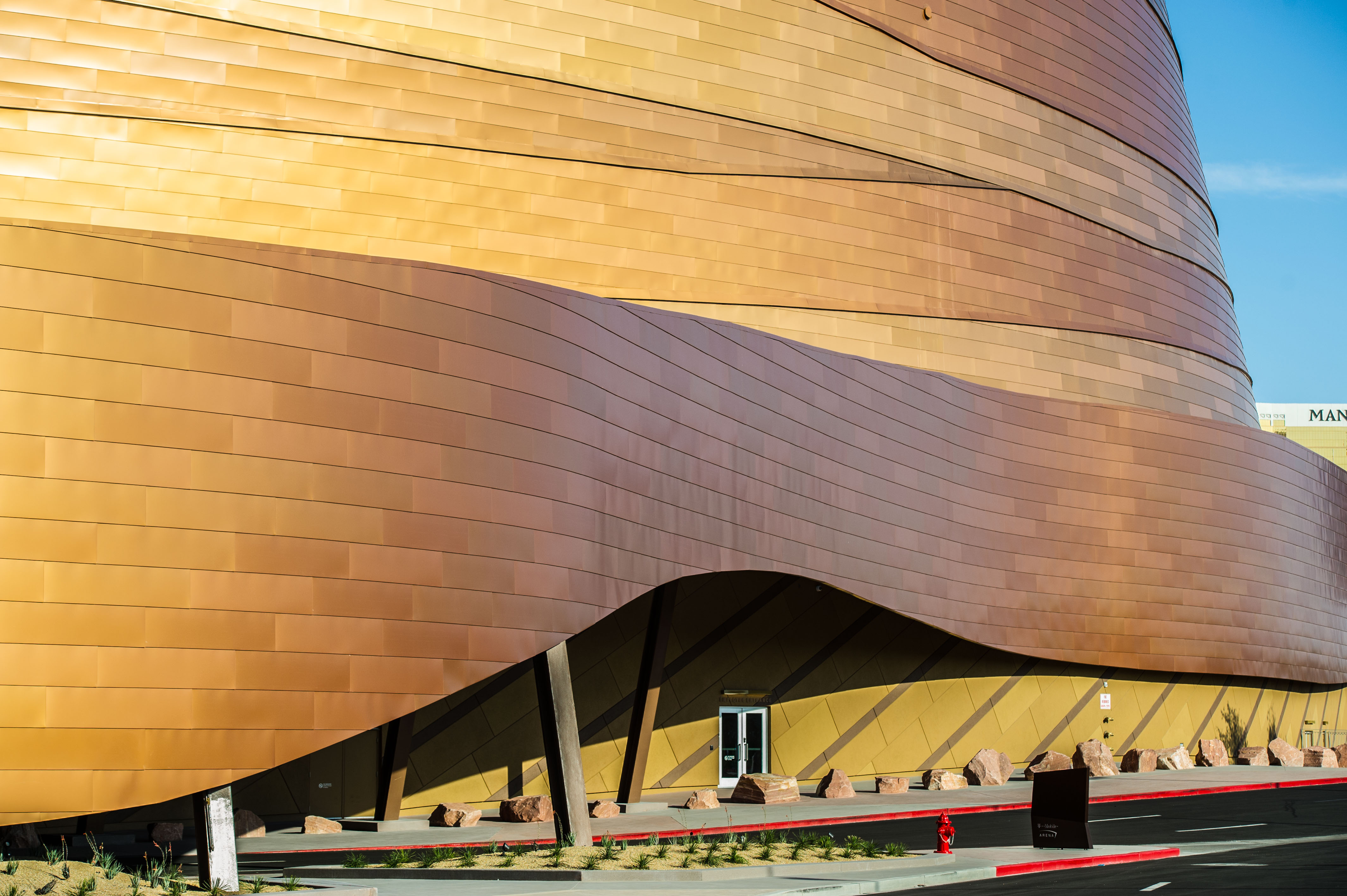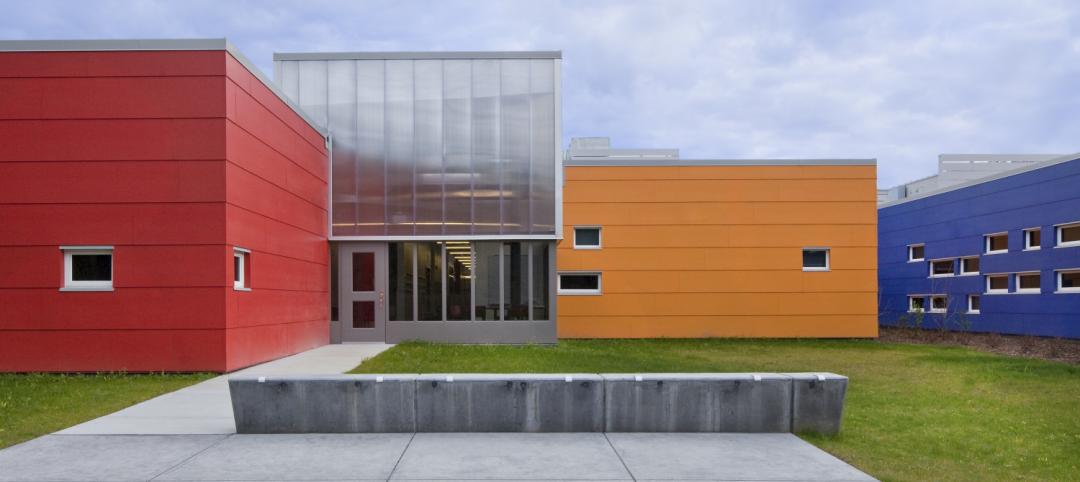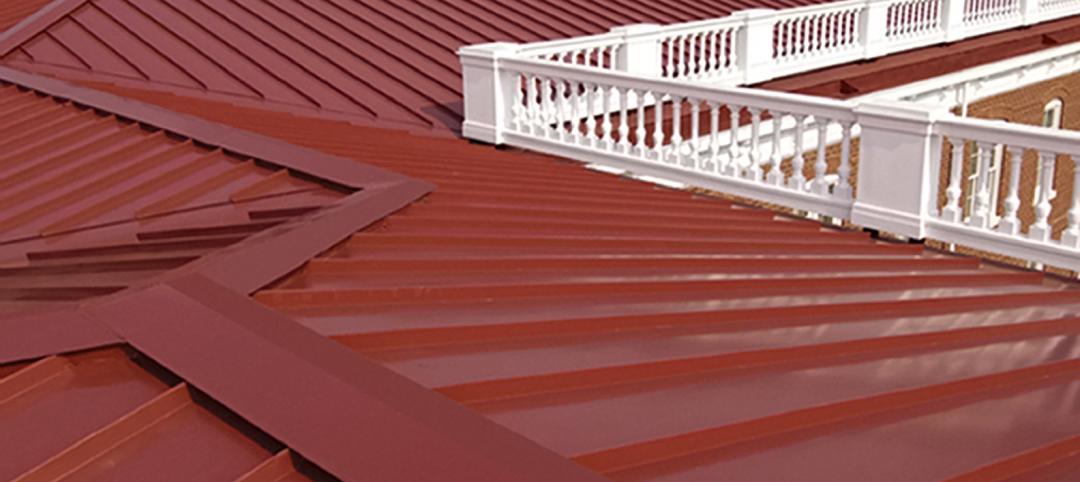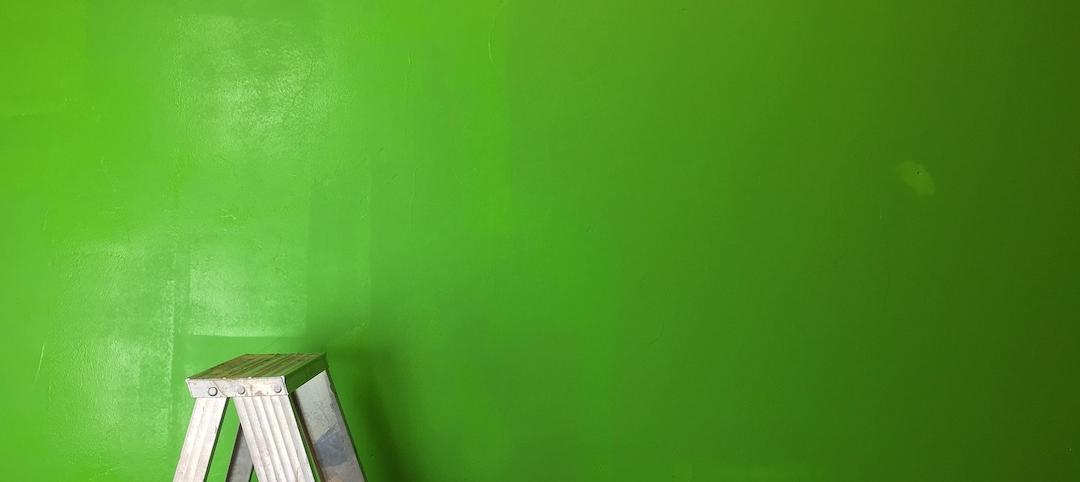Paint has existed for some 30,000 years, stretching back to the age of Neanderthals, who relied on minerals and other natural sources to spice up their cave dwellings. Fast-forward to today’s industrialized society, and durable paint and architectural coatings in countless colors are now readily available for endless applications. At Valspar Coil Coating (now a part of Sherwin-Williams Coil Coating) alone, architectural metal coatings are available in more than 25,000 colors.
With innovations in technology and the ebb and flow of popular styles for exteriors, the colors we see in the built world are always in flux. Paint as an industry has its roots in the 1700s in Boston, where the first-recorded paint mill was established, and the Industrial Revolution gave rise to paint as a full-fledged industry.
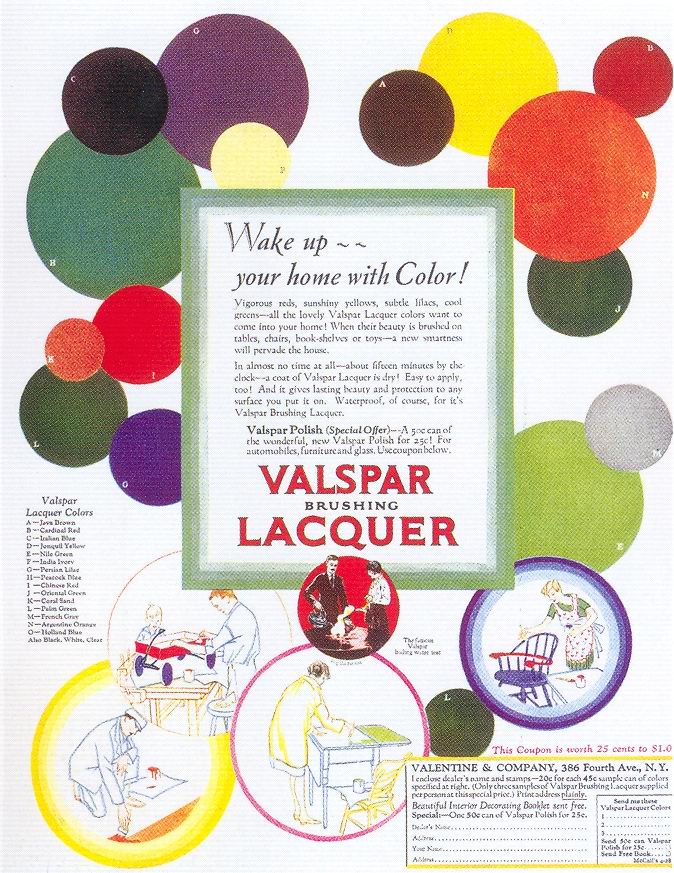
John Crosby Freeman, an architectural color consultant and historian who calls himself the Color Doctor, said the most important innovation in the industry was the successful introduction of water-reducible all-acrylic coatings, which eradicated the stigma of latex paint. Over the past few decades, innovations driven by environmental regulations and the need for various coating applications have brought about a whole new world of possibility for the industry.
Valspar’s coil and extrusion coating division has been pushing the boundaries in the architectural metal coating industry for years, most notably when it brought its flagship Fluropon® line to the market in 1965. The first 70 percent PVDF coating in the industry came about after a paint chemist realized PVDF resin – originally intended for use as an engineering resin for piping and valves – would make a durable paint. Now the industry standard, the Fluropon line brings brilliant color and lasting protection to metal building products and can be found on buildings all around the world.
As for patterns in the use of colors on exteriors, Freeman said darker and grayed colors normally associated with domestic exteriors have migrated indoors over the last 20 years. Off-whites and beige colors normally associated with domestic interiors have migrated outdoors, especially for vinyl siding.
“Any drive-by viewing of new row houses, semi-detached villas, and inflated mansions recently planted in former corn fields will answer the question about today's exterior color trends,” Freeman said. “They are often referred to as a ‘Beige-ville.’”
In the commercial and architectural world, architects are taking advantage of the endless options available in today’s market. A 2013 article for Valspar noted that while beiges, whites and grays have remained leading color choices, more and more people are opting to use bolder colors.
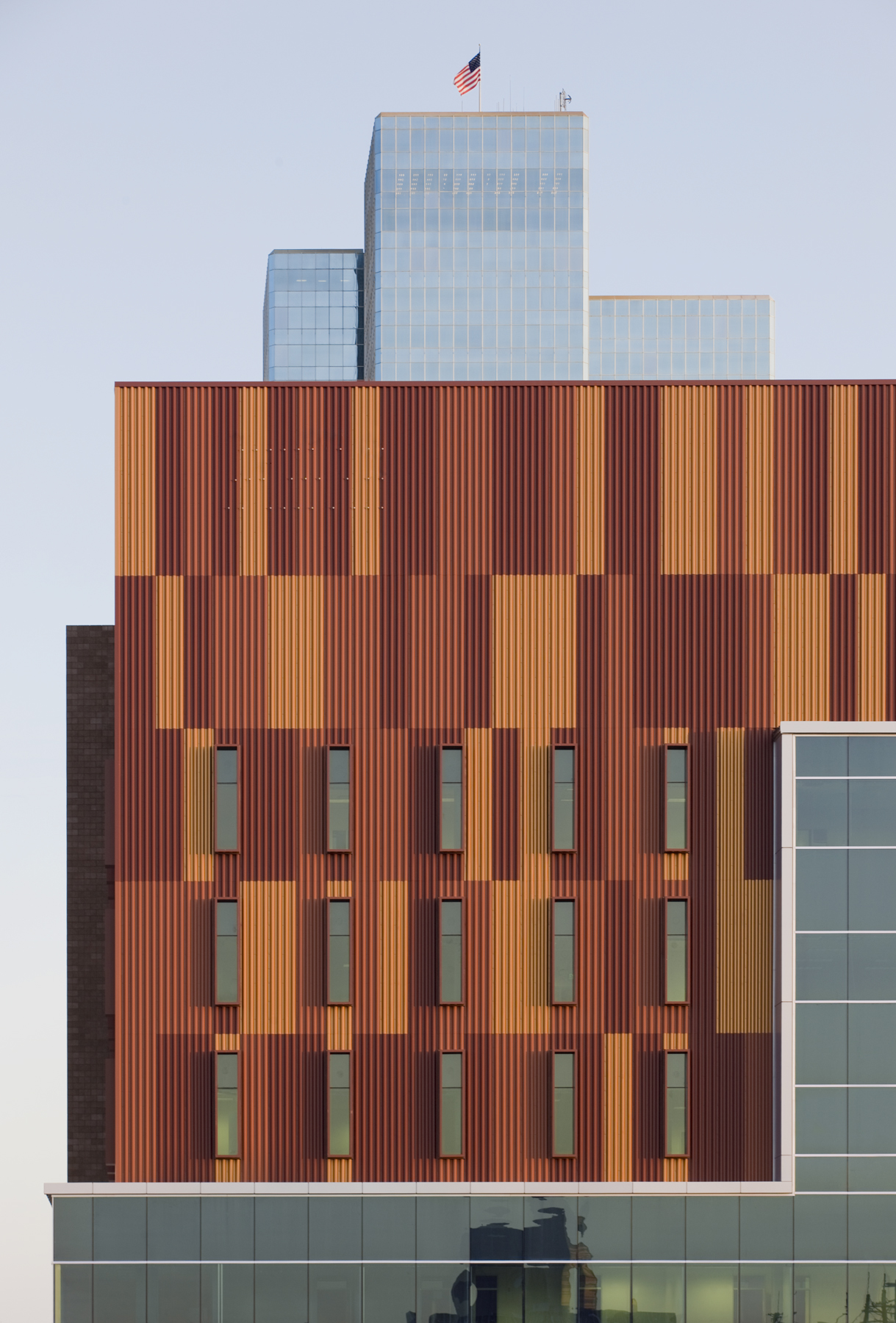
“Definitive color trends are taking place as consumers and the design industry increasingly desire to express creativity. This is accomplished by re-evaluating the power of architectural color, looking to more color trends and bringing bolder color choices to their projects.”
Valspar stays on top of color trends, helping architects and designers to capture the zeitgeist in their work. The company’s four newest architectural color trends capture today’s cultural lifestyles and translate them into palettes. These palettes are Future Lux, defined by grounding shades derived from earth minerals, Always On, which takes cues from the devices we depend on, Life in Flex, which embodies bold colors to reflect the blending of work and play, and Hit Pause, which features calming colors.
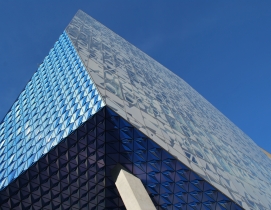
Innovations at Valspar have brought forth products like the Fluropon® Effects line, which features rich, dimensional colors that are formulated to perform outdoors and resist fading and chalking. Colors like Amber and Green Flash allow for more creativity when it comes to bringing exteriors to life.
Coatings can now also be custom-made, and clients can browse and select the palettes they want online. As paint companies harness the Internet and digital technologies, consumers have even more options to make their visions for exterior spaces a reality.
Despite all the changes in capabilities and styles over the years, architectural metal coatings remain a way for commercial architectural designers to express themselves.
“There was a time when generational shifts changed popular color palettes; but the retail market is so fragmented today, that in the famous words of the Cole Porter song, ‘anything goes,’” Freeman said.
Related Stories
Sponsored | Coatings | May 6, 2015
Color and Contrast in the Built Environment
Because color is incredibly subjective, personal and situational, it is difficult to study scientifically. There is no conclusive evidence to fully support one color’s beneficial effects on the human mind and body over another color.
Sponsored | Coatings | Apr 20, 2015
Wayfinding With Color
Color’s prominent role in wayfinding has become a focus in architecture, as color association is strong and memorable for regular occupants and occasional visitors alike.
Sponsored | | Mar 23, 2015
Brightening Young Minds with Color
Education is changing, and school design is changing with it. The old-fashioned classroom, filled with rows of front-facing desks, is giving way to other types of learning spaces.
Sponsored | | Feb 25, 2015
Light and bright can cool you down
Colors can be a helpful tool for meeting energy performance goals.
Sponsored | | Jan 15, 2015
5 design considerations when selecting color for healthcare facilities
In an environment where the chief task is to heal the sick and injured, color matters for both patients and healthcare personnel.
Sponsored | | Dec 12, 2014
Coloring in the Lines
Behind the science – and history – of finding the ‘right’ color
Sponsored | Coatings | Nov 6, 2014
Spanning the Spectrum
Chameleons are known for changing their skin colors to suit the observer, but what if a building can too?


